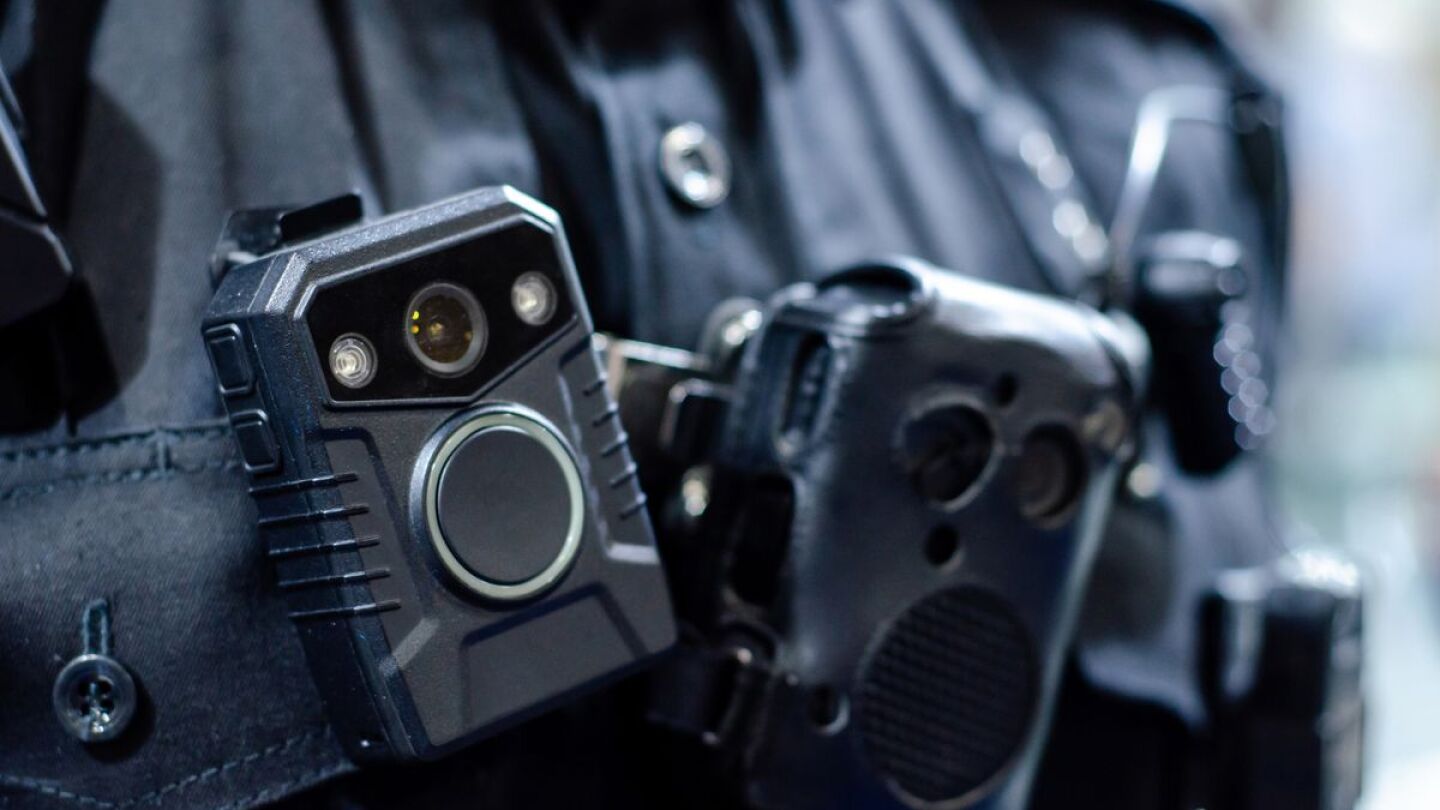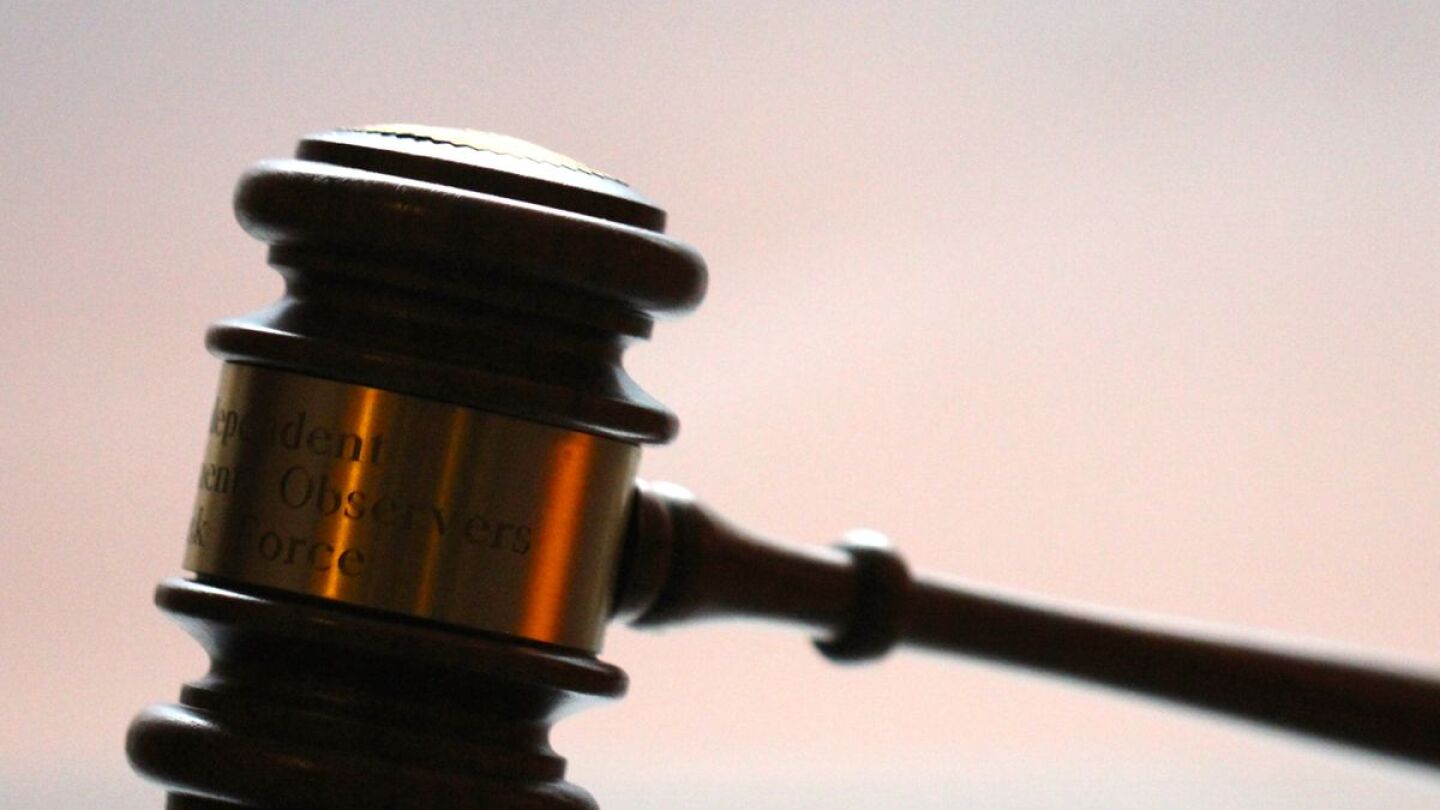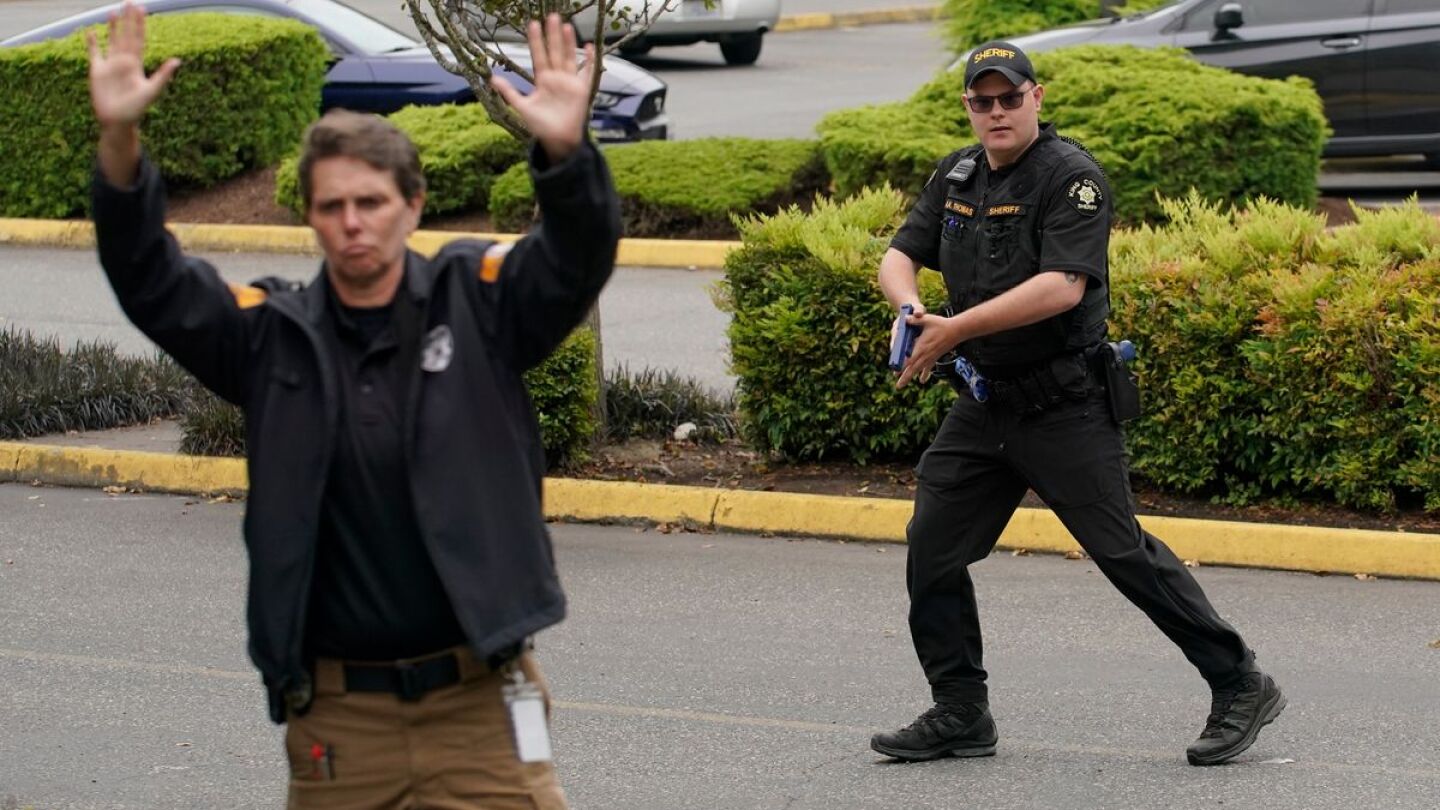Law Enforcement Policies
This Policies section highlights how law enforcement policy plays out in the real world, while also connecting you with best practices for drafting, updating and ensuring accountability with policies.
The Omaha Police Department has adopted an approach where its interviewing investigators do not watch video evidence before interviewing officers involved in serious uses of force
The 8th Circuit ruled in U.S. v. Hamber that an officer lawfully extended a stop to frisk a sleeping driver in a high-crime area
Get insights into how the duty to intervene is transforming law enforcement through leadership, accountability and legal frameworks
Effective policy development in public safety agencies requires understanding the leader’s relationship to policy
Agencies can capitalize on innovations to save money and repair fractured community relationships
The defense has argued that the officers didn’t intervene because they figured Chauvin, a police veteran, was using reasonable force
A mother begged police to help with her son, but a new state law meant officers couldn’t take her son to get help against his will, even though a judge ordered it
As Portland works towards implementing a body-worn camera program, important policy questions remain
A Monell claim against a police department was dismissed due to a lack of proven liability for the incident in question
What makes a police practice evidence-based?
However, police can still enforce these violations if another primary violation leads to a stop
Plaintiffs bringing a Monell claim against a municipality or department face a challenge of satisfying all the elements of such a claim
The department is the latest in the state to make this move in response to a California DOJ mandate requiring agencies to protect personal information
The “No Shave November” fundraiser was so successful that Sheriff Craig Webre changed the agency’s clean shaven policy
Deciding whether or when to unhandcuff a detained person can be a tricky matter
The move comes after claims that the reforms barred officers from performing certain actions in the interest of public safety, said State Rep. Monica Stonier
Critics worry the measure would inspire selective report writing, while police unions argued the change would create more accurate reports
The death of Deidre Silas has raised questions of why case workers are sent into potentially volatile environments alone
A task force established after the shooting of Breonna Taylor has come forward with its review
Since 2009, Portland PD has banned firing at moving vehicles except in immediate risk of death or injury
In the field of public information, we strive to be transparent, but knowing when not to release information is critical
According to Adams, the question is how, not if, stop and frisk should be used
Every officer must prevent or stop any misconduct by another officer and report officer misconduct when they become aware of it
There’s an old saying, what you don’t know won’t hurt you. This saying doesn’t apply here
The agency will institute updated guidelines pertaining to the use of the precision immobilization technique
The consent decree, one of the first in the country enacted by a state official, is expected to last approximately five years
Conducting a law enforcement training audit can help agencies identify and rectify deficiencies, reducing training-related risk
In a committee hearing, police leaders blamed rising crime in part on prosecutors who don’t charge the offenders they arrest
The duty to intercede in law enforcement has legal roots, but we must go further, instilling it as a core organizational value
The notion of the least amount of force sounds nice, which makes it deceptively easy to believe – however, the concept is inherently flawed
“This is not something we have a blueprint for. We have to be very critical and learn from our mistakes,” said Police Chief Joe Chacon
MOST POPULAR
- No, I wouldn’t ban beards in policing — but I wouldn’t wear one either
- Case study: Inside Scottsdale PD’s purpose-built DFR program
- Baby behind the badge
- 6 steps to preventing a cuffed suspect from stealing a patrol vehicle
- Comparing student and police chief executive views on drug use disqualifiers for hiring
































